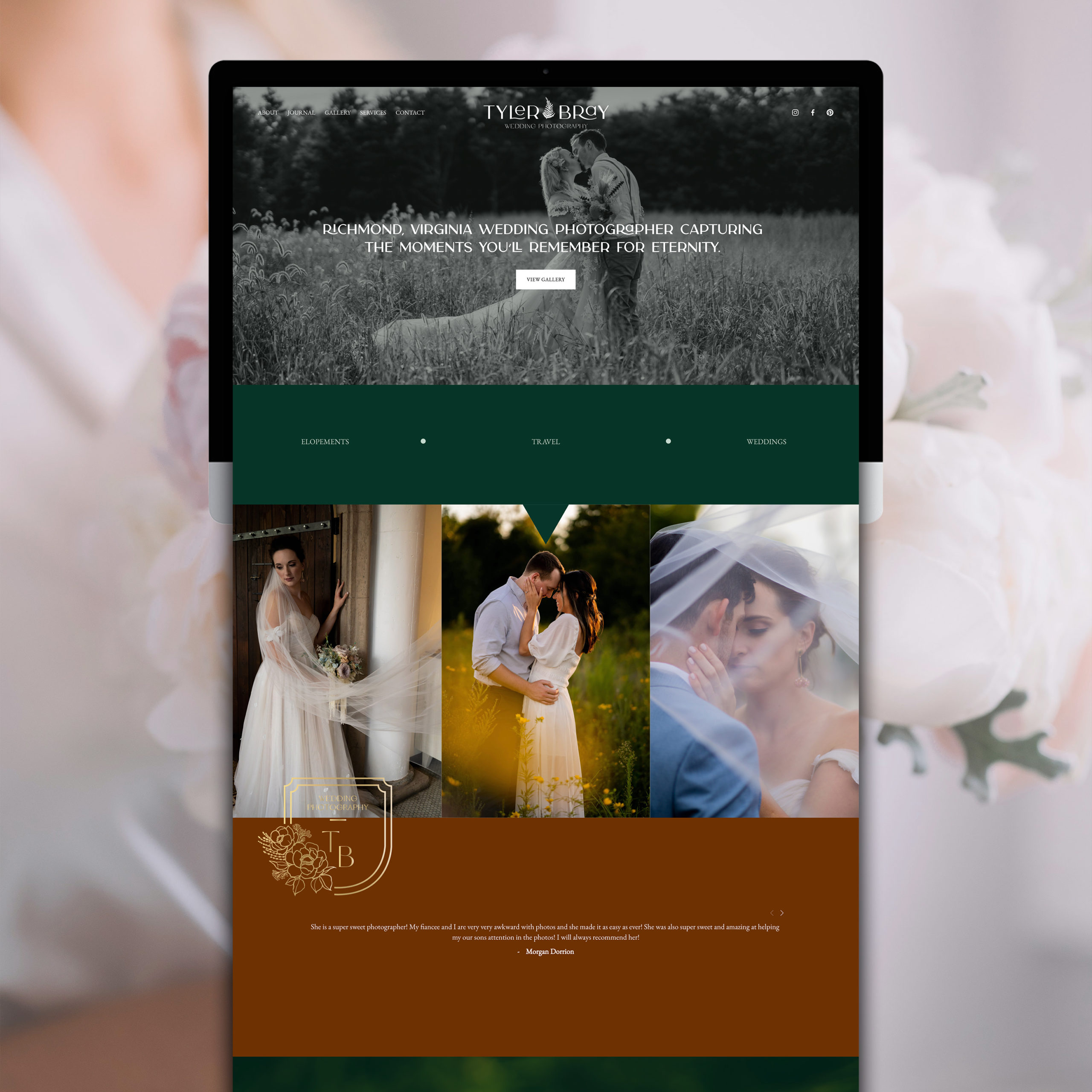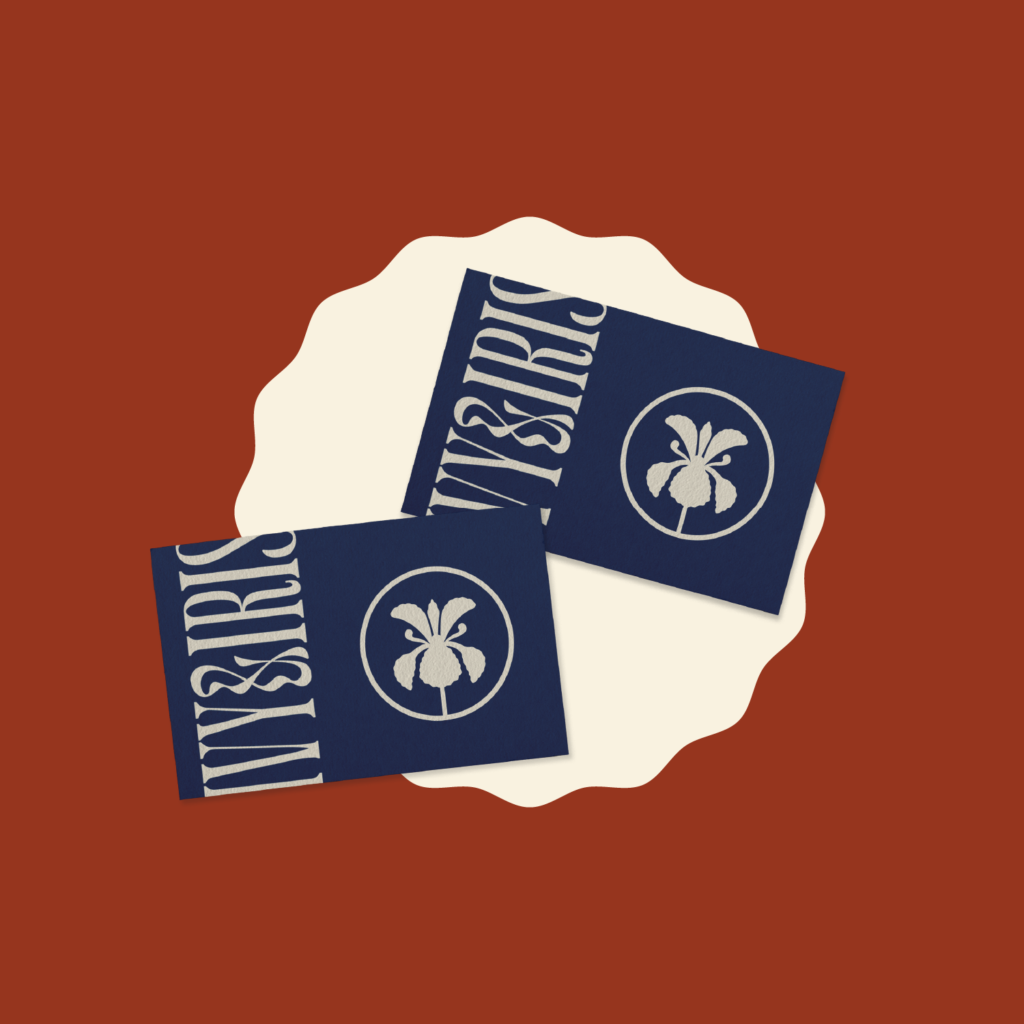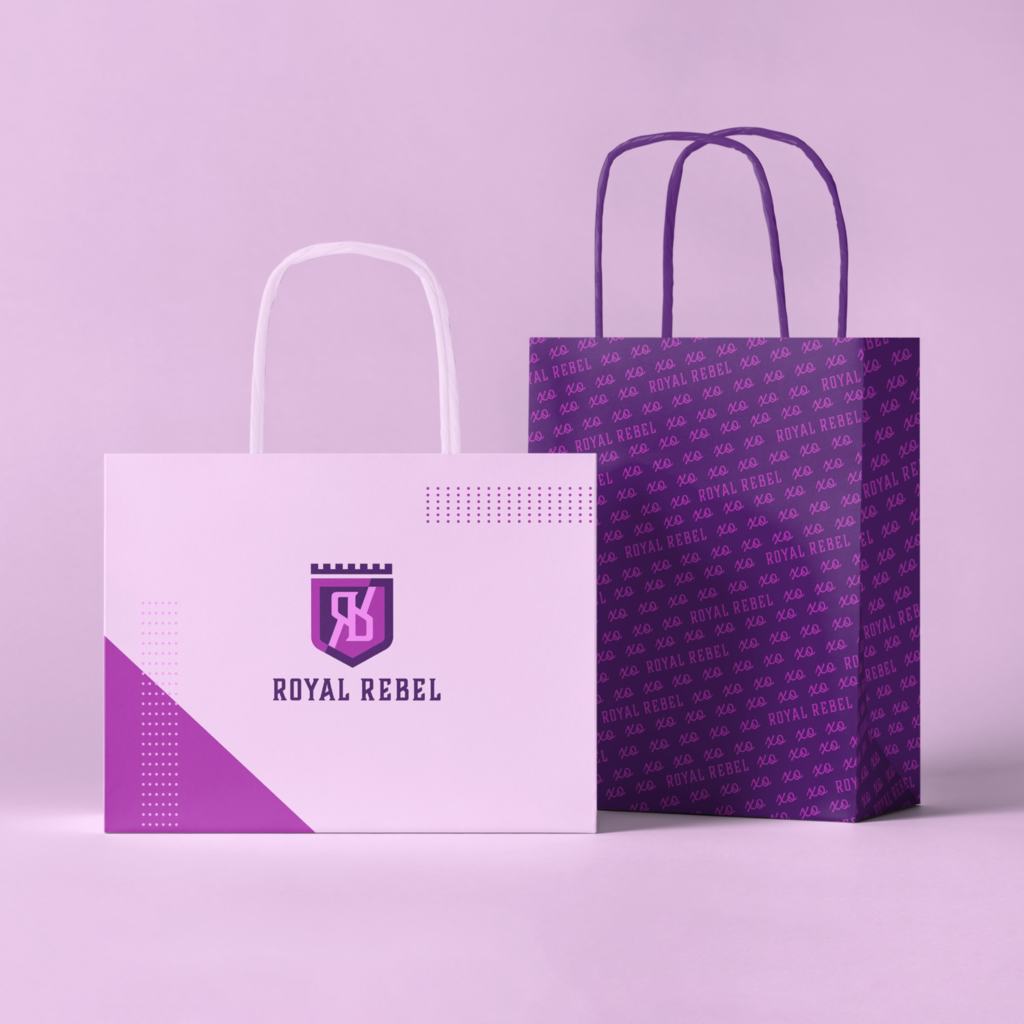Search The Directory
Blogging
Brand Design
Calligraphy
Coaching
Consulting
Copywriter
Film
Illustration
Interior Design
Lettering
Marketing
Motion Graphics
Packaging
Painting
Pattern Design
Photo Editing
Photography
Podcasts
Product Design
Shop Owner
Social Media
Textile Design
Type Design
Video
Web Design
Web Development
Writing
All
UI/UX
Styling
Virtual Assistant

Building your graphic design portfolio can be overwhelming so here’s 5 things we recommend planning to include on your design portfolio pages for success!
Building your graphic design portfolio can be overwhelming so here’s 5 things we recommend planning to include on your design portfolio pages for success!
- An overview & description of project goals
Clients want to see the visual work you do but they also need to understand the reasoning behind it. A good portfolio project showcase will explain how your services helped your client achieve their goals as a business. You can also list out the specific deliverables a client received for that particular project. - A gallery showcase
If you’re offering brand design packages then your portfolio needs to reflect those packages by showcasing FULL brand identities not just a single logo or a portion of the completed project. Clients need to understand what they’re getting with your services and how it looks “in action.” - Call to actions
If you want potential clients to reach out to you, make it easy for them to do so! Add a call to action at the end of each of your portfolio pages. You can also link a call to action in your footer that will appear on every single page of your website! - Testimonials
Potential clients are far more likely to reach out to you when they know somebody else had a great experience! - Service overview
Ensure your service offerings are clear, simple, and easy for clients to understand. Too many packages & too much detail can overwhelm potential clients so ensure you’re offering just the right amount of information.

With all of the stress from the busiest shopping season of the year, by the time the holidays are over and the New Year comes around many small business owners are overworked and burned out. And let’s not forget all of the other external factors that many of us probably dealt with during the holiday […]
With all of the stress from the busiest shopping season of the year, by the time the holidays are over and the New Year comes around many small business owners are overworked and burned out. And let’s not forget all of the other external factors that many of us probably dealt with during the holiday season such as difficult family dynamics.
It’s extremely difficult to keep up with business when your mental health tanks, so how can you protect yourself and your business from the new year blues this year?
- Come up with a content plan
Plan ahead at the very least just enough that you’re able to make yourself a priority. Create and schedule a week’s/month’s worth of content, so that you don’t have to worry about the visibility of your online presence while you take some TLC.
- Prioritize
Sometimes it can feel like every task is as important as the next. Instead of compiling all of the things you need get done, break them down into “must get done” and “want to get done” by asking yourself these questions:
“What will happen if I don’t get this done by x?”
“Can this realistically be worked on at a later time when I’m feeling more motivated and focused?”
Use the answers to these questions to work on the “must get done” tasks one at a time before even considering working on anything else.
- Know the warning signs
Burnout can sneak up on you with almost no advanced warning. Educating yourself on the warning signs is the best way to protect yourself and your business.
If you find yourself obsessing over details to the point where you begin to neglect your basic needs, feel numb or detached, experience abnormal amounts of self-doubt, have a low mood or increased anxiety, feel fatigued or have a lack of creativity, or notice any other changes in performance or productivity then you may be experiencing burnout.
- Give yourself permission
Give yourself permission to extend deadlines. Give yourself permission to take a nap and reset. Give yourself permission to cry and feel whatever you’re feeling. Give yourself permission to disappear from the internet for a few days if it makes you feel inferior. Just give yourself permission.
- Surround yourself with support
This is a big one. Not everyone is blessed with the perfect family and friends dynamic. Feeling pressured to immerse yourself with people who drain your energy at the start of the new year can be particularly deflating to your mental health.
If you’re unable to remove yourself from or avoid these interactions, come up with a separate system of support. Whether it be convening at your best friend’s house once a week, going to a movie with your chosen family, or as simple as a daily text check-in, come up with a system that is easily achievable, and won’t add on to any negative feelings you may be experiencing.
Remember, humans are not meant to work 24/7, which can most of the time feel impossible as self-employed designers. The work will still be there when you’re ready to take it on again. The best way to combat the new year blues is to take care of yourself before anything else

Graphic designers sometimes struggle with figuring out ways to find clients. It is essential to know how to attract clients to have your graphic design business thrive and gain a good reputation. These three ways are really helpful ways to attract clients, gain exposure and draw attention to you and your design projects and life.
Graphic designers sometimes struggle with figuring out ways to find clients. Some of the best ways to help clients find you aren’t overly complicated and overwhelming and can be achieved if a little work is put in. It is essential to know how to attract clients to have your graphic design business thrive and gain a good reputation. These three ways are really helpful ways to attract clients, gain exposure and draw attention to you and your design projects and life.
Instagram & Other Social Medias
Instagram, as well as many other social media, are important tools that designers oftentimes have access to for free. While they do demand a large amount of time to maintain overall, it is well worth it for most designers when care and effort are taken to properly promote themselves there. Audiences can be reached that would not have been reached otherwise, as many people go to social media to search for a designer nowadays first rather than other places. One essential way to gain more clients by using Instagram and other social media is to treat your account as a portfolio. Social media platforms are ever-growing and have millions of users who are promoting themselves constantly to gain recognition and increase awareness about their products and services. Since social media like Instagram have a format that consists of imagery and visuals, Instagram is a prime platform for designers. Doing simple things, like putting your logo as your profile picture and using hashtags could help you gain followers and attention, making it much easier for you to get clients. Arty people also seem to enjoy “aesthetic” feeds that keep to the same theme. A key note is to make sure these social media outlets stay updated, however. If a potential client visits your social media profile and there are no posts in the past five months, they will most likely assume you’re no longer working as a designer and will not hire you.
Where Your Dream Clients Are
Secondly, another great way to potential clients is to try and make sure you hang out online where your dream clients are. If your design style is bohemian, you could follow some boho influencers or someone that makes boho goods. You could also put out content that is bohemian related, such as a haul of bohemian clothing, to attract those people that might hire you for a project in that “vibe.” In my experience, social media users enjoy all sorts of content, not always directly related to what you make or what services you offer. Designers that want to attract a certain type of client should get well known in whatever “vibe” community they want to attract, whether that be preppy, boho, minimalistic, modern, or whatever. They should engage in that community through their content, their style, and interactions with others in it.
Passion Projects
Lastly, passion projects are a wonderful way to attract clients. Passion projects are projects that someone gets involved in because they love it and what to make the project, not to make money. Although you don’t get paid for these, they are a spectacular way for potential clients to see what you as a designer are capable of. You can showcase skills that maybe you haven’t used in a long time or ever in a project because it was never appropriate for the client you had at the time. Through making passion projects and adding them to your portfolio and social media, potential clients can be made aware of what you can do, what your personal style is, what you are good at and enjoy doing, and more. Passion projects are beneficial and can result in designers finding projects for clients that they enjoy working on.

Feedback is extremely important in honing your graphic design skills. Critique is a necessary part of the design process that may take place at many different stages in the process. It can help you grow as a graphic designer, will aid in developing a better solution, and ultimately may help to get designers out of creative ruts they might be having.
Feedback is extremely important in honing your graphic design skills. Critique is a necessary part of the design process that may take place at many different stages in the process. It can help you grow as a graphic designer, will aid in developing a better solution, and ultimately may help to get designers out of creative ruts they might be having. Designers may be critiqued by clients and fellow designers, but it is also important to critique yourself. Unless feedback is given on how to improve, then it is impossible to get better as a designer.
How to Handle Criticism in Graphic Design
Designers apply their skills and knowledge to others’ design work by giving feedback to others’ work. Being critical of your own work gets difficult, so it is helpful for other designers to give their opinion as well.
Being able to receive the feedback given, however, is its own challenge. Designers often take it as a personal insult when a person suggests changes to their work or thinks of an aspect of the design (or the whole thing). It is sometimes hard to remove yourself from the work and just think of the design as a project objectively. When reasonable feedback is suggested, it is important for it to be interpreted and considered if it will be beneficial or not to use.
Giving Feedback
When giving feedback, it is critical to remember some ground rules. It is best practice to always be as specific as possible. Don’t say that “something is off,” but instead try to pinpoint exactly what it is that needs improvement. Additionally, always try to give positive feedback where you can instead of discussing only negative parts of the design. Offering positives helps to keep the critique balanced and will benefit the designer even more. However, make sure the feedback is genuine and don’t give the designer false hope.
Appreciating the Feedback Given to You
Another thing to note is to always take the feedback with a grain of salt. Sometimes the suggestion that is being made on how to improve your work isn’t really the best solution. But, it is extremely important to appreciate the person taking the time to offer feedback that is given in an effort to help you improve your work. Make sure to tell them that you appreciate their feedback, even if you chose not to apply whatever they say.
However, oftentimes designers get sucked into the project so much that they often lose perspective. After hours and hours of looking at the same thing, it gets hard to tell what looks good and what doesn’t. I can personally tell you that this is super common when working on a project for a long time. A fresh pair of eyes is essential in evaluating what is working in the design and what can be improved upon. Sometimes, there are multiple right answers in design. Ultimately, It’s up to you to decide what will make your work the strongest.




















